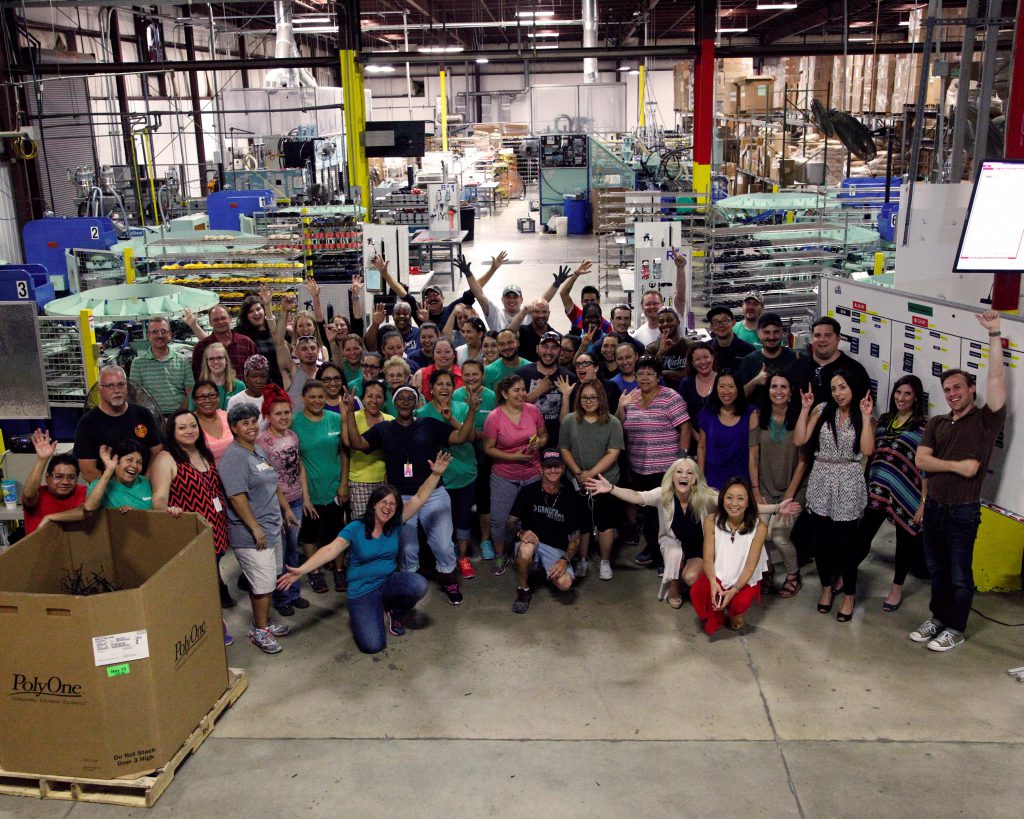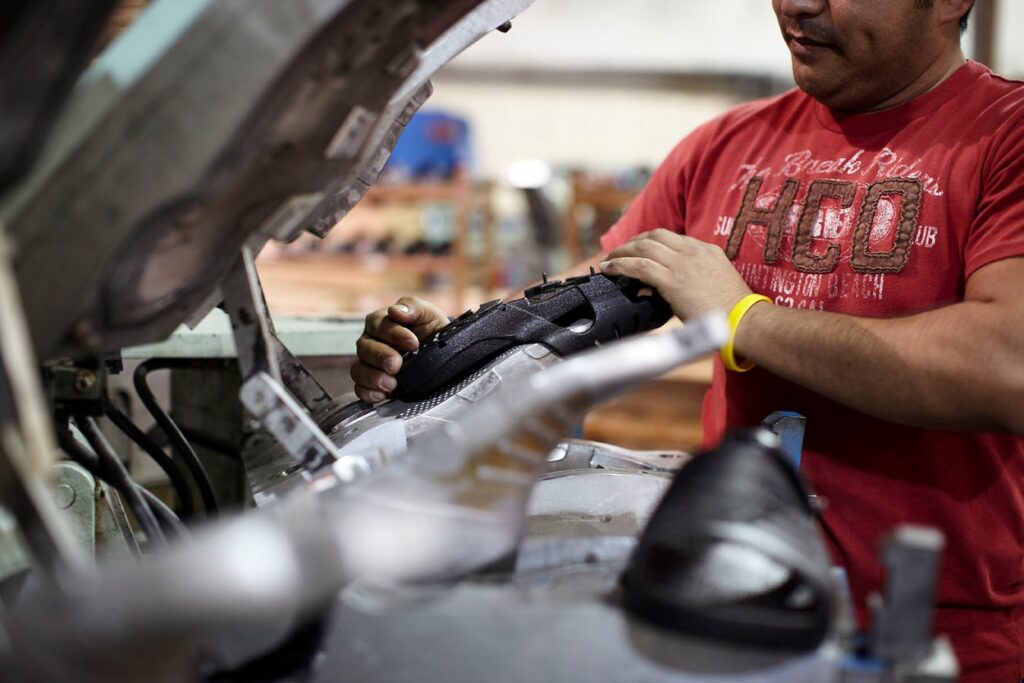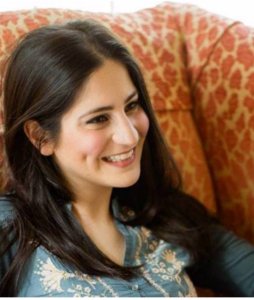
Founded by an immigrant, family-owned Okabashi has made its shoes in the U.S. for 30+ years.
Memorial Day weekend is almost here, marking the unofficial beginning of summer. It’s the time of year when we kick off our shoes and socks and go casual – shorts, T-shirts and our favorite pair of flip-flops or sandals.
Nearly 98 percent of footwear sold in America is manufactured overseas, but if you are looking for durable, American-made flip-flops, you need to look no further than your local drug store.
Okabashi flip-flops, sandals, slides and clogs can be found at CVS, Walgreens and other major pharmacies. Okabashi is the largest manufacturer of Made in America flip-flops, having sold more than 30 million pairs since the company’s inception in 1984.
The shoes are manufactured in Buford, Ga., located about 40 miles northeast of Atlanta. About 125 to 200 workers work at the facility, depending on production goals at designated times of the year.
An American Dream
The Okabashi brand is the brainchild of Bahman Irvani, who immigrated from London to Atlanta in the early 1980s. His grandfather had been in the shoemaking business, and Irvani thought there would be a market in America for a Japanese-type sandal with foot massage and arch support.
In Japan, these shoes were originally made of wood. Irvani discovered he could replicate these health-conscious shoes with an injection molding process.
Instead of stamping out the footwear from large sheets of foam like other inexpensive brands were doing, Irvani began creating molds that are filled with a material the company developed called Microplast, a foam and vinyl compound. The Microplast has a blowing agent in it that fluffs the material to provide a soft, flexible, slip-resistant surface.

“The ones that are stamped out lose their shape very quickly. They are flat and our feet are curved,” Irvani said. “Our shoes don’t lose their shape, and that is really important because the stamped ones, after you wear them for a week or a month, your weight is on one side of the body and the material gives in and you lose that kind of alignment.
“With our shoes, they stay constant so you are properly aligned. If you walk straight and stand straight because of your shoes it is amazing what impact it has on your body, circulation and posture.”
Irvani started selling the Okabashi footwear in drugstores because he felt the shoes had medicinal and therapeutic properties. There were many more drug store chains back when Okabashi began his search for retail outlets. It was slow going in the beginning.
“There was Revco, Eckerd and many others,” he said. “It took us about 10 years before it really gelled. We just started having loyal customers and word of mouth really. We were not big enough to advertise nationally but word of mouth was phenomenal.”
When Okabashi reached national success, Irvani stepped back from a hands-on operation of the business, leaving the day-to-day operations to a talented and loyal management team. With the consolidation of many of America’s drug stores, Okabashi profits have remained strong because of its 25-year relationship with Walgreens and CVS.
“We distribute to every Walgreens and CVS distribution center,” said Vice President of Operations Chris Webb. “What stores they go to from there, we don’t get as much visibility on, but I think CVS and Walgreens both are over 7,000 stores each.”
Looking Toward the Future
Irvani has always considered Okabashi a family business. Now 65, he has turned company’s day-to-day operations over to his daughter, Sara. At the age of 28, she has already earned a degree in philosophy from the University of Virginia, a Masters of Finance degree from Cambridge in the U.K. and an MBA from INSEAD where she studied in Paris, Abu Dhabi and with an exchange program at the Wharton School of Business in Philadelphia.

“The company has been successful for over 30 years and I feel a big responsibility to the team. When people think of super comfortable, Made in America and eco-friendly shoes they think of Okabashi,” said Sara Irvani. “There is no one else that plays in this category and there is no one else that thinks this category can exist.”
Injection molding machines comparable to the models used today have been around since the early 1950s, but Okabashi designers have expanded their diversity to create a comfortable shoe at a comfortable price.
“The injection molding process is kind of like making Jell-O in a Jell-O mold,” said Webb. “The material is blended with colorant, goes through an extruder on the molding machine and melts on its way into the mold which is, of course, the shape of a shoe. The mold stays closed from anywhere from 45 seconds to minute and a half depending on the style we’re shooting. When the mold opens, you’ve got a shoe.
“There are more expensive flip-flops on the market that are stamped from a sheet of foam-type material but our molding process and the Microplast is what sets us apart. We can mold shoes to the proper ergonomic fit. Our niche has always been comfort. And we’re eco-friendly.”
Okabashi shoes travel 93 percent less than the average imported shoe, reducing its carbon footprint. They are also recyclable. The average Okabashi shoe contains 15 to 25 percent recycled material. The shoes are guaranteed for two years and are safe to throw in the washing machine or dish washer.
"People will say, 'Why don’t you just close your factory, keep your national brand and outsource?' But this company has soul. When people say that, I tell them, 'No, you don't understand what this company is.'" Sara Irvani, Okabashi
One of Sara Irvani’s goals is to increase marketing. She wants Okabashi to be a major name brand, not known as just those comfortable flip-flops you buy at the drug store.
Okabashi has a higher-end line of sandals, wedges and casual flat shoes for women, sold under the Oka-B brand and found mostly in resorts, spas, boutiques and gift shops. These shoes are also entirely Made in America from start to finish. Okabashi footwear is priced in the $15 to $25 range, while Oka-B products sell at the $25 to $60 level.
“People care about Made in America more and more,” said Sara Irvani. “Even on the purchasing level, when you talk to buyers, they understand that it’s a strength.
“I’ve had conversations in the past few months since I came on board where people will say, ‘Why don’t you just close your factory, keep your national brand and outsource?’ But this company has soul,” she added. “When people say that, I tell them, ‘No, you don’t understand what this company is.’ People are starting to get it and I’m glad we have a more receptive audience.
“How do I help tell our story? It’s durable as a utility product, but it’s fun as an accessory. It has both elements. And most importantly, Okabashi is Made in America.”
Check out Okabashi.
